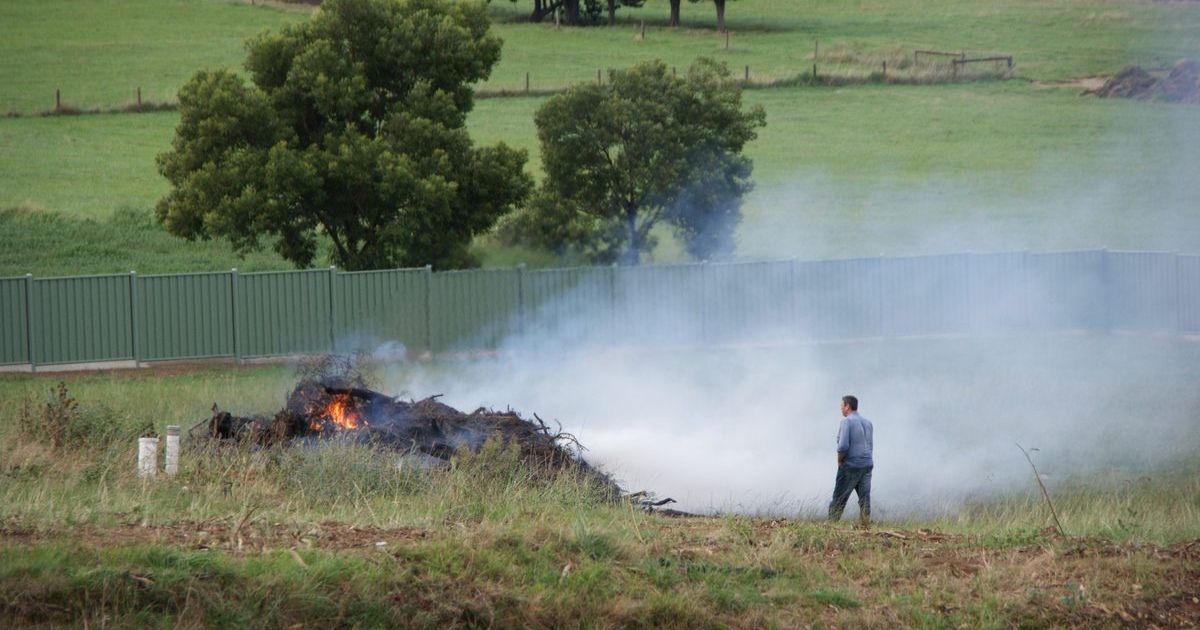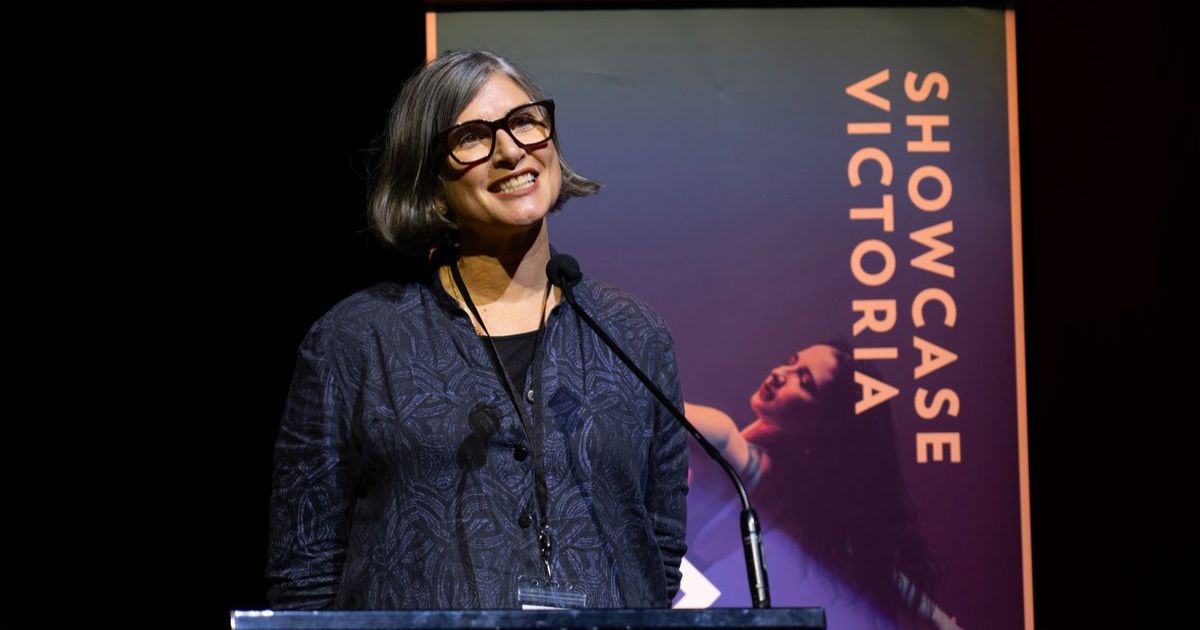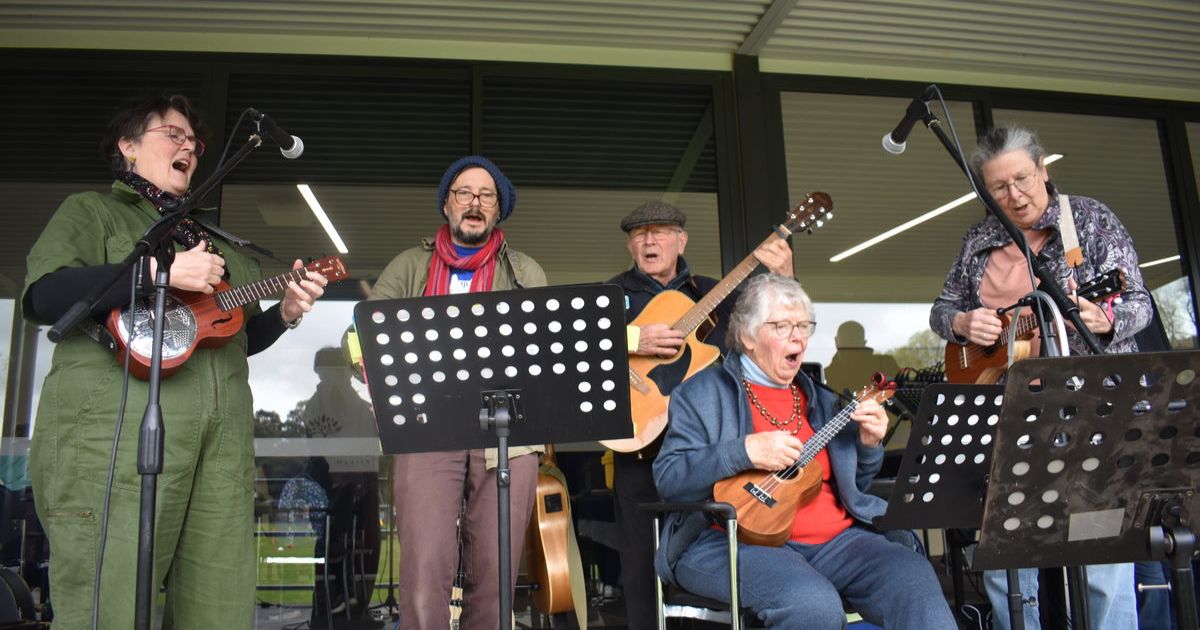Heathcote’s contribution to the 1866 Intercolonial Exhibition

Bucolic bliss. Carl Cordts's 1865 depiction of the southern end of town from the McIvor Range inclu:es the original Heathcote Hotel, left of centre, and the hospital building shown towards the rear/mid right. It was produced for the 1866 Intercolonial Exhibition. Image: CARL CORDTS/STATE LIBRARY OF VICTORIA
THE 1866 Intercolonial Exhibition showcased resources, products and artistic works from across Australasia.
It opened in Melbourne on 24 October and was the antipodean prelude to the 1867 Exposition Universelle in Paris.
Heathcote’s proposed submissions were outlined in the McIvor Times on 27 April.
“The local committee appointed to receive exhibits and make arrangements for holding a local exhibition previous to the national one coming off are going to work in a very laudable manner,” it reported.
“Their efforts will, we are sure, be in a great measure successful.
“A large quantity of auriferous mineral and geological specimens will be exhibited together with other natural productions, useful and curious.
“Mr Walsh’s allegorical picture is in progress, and promises to take a prominent position in the national as well as the local exhibition.
“Messrs Cordts and Walsh are executing some pencil sketches of local views and objects, which, as far as completed, are exceedingly creditable to the artists.
“We understand that several of our fair townswomen will prepare many little evidences of their skill and taste in the way of leatherwork, modelling in wax, flowers, fruit, &c., and other flimsy and fragile, but still beautiful little articles of utility and ornament.
“The Borough banner, we believe, will be a perfect work of art, for which we shall be indebted to more than one lady; it is to be embroidered, not painted.”
But the paper’s initial optimism was quickly dampened.
On 2 July it published a letter from a committee member, Mr Wollaston.
“I think it would be advisable, for the proper representation of the district at the forthcoming Exhibition, that you should put forth a reminder in your paper, to the effect that exhibits cannot be received at Heathcote later than the first week in September, as the 21st of that month is fixed by the commissioners, in order to allow them to make arrangements for opening the building,” he wrote.

“As no exhibits have been forwarded to our local committee worth mentioning up to the present time, a notice from you might do some good.”
However this letter, along with a supporting column from the editor, yielded few results.
By 17 August an anonymous disgruntled committee member had sent a further letter to the editor.
“It appears after all the efforts exerted by the Local Committee, there will be no exhibits of any amount to represent McIvor,” they wrote.
“The apathy manifested by those persons with whom lies the power to prepare specimens of colonial art and natural productions, and thus secure to the district a proper status in Melbourne, is, indeed, a melancholy sign of the collapse that has been threatening to overwhelm Heathcote as an enterprising town for some time past.”
In a lengthy rant they praised the few locals who had made contributions, including the artists Cordts and Walsh, and went on to outline the many natural resources that could have been used to craft further items for the exhibition.
“We have no water-supply, but little traffic, no railway, and no fame, and now that a chance presents itself of becoming better known through our handicrafts, it is rejected as beneath notice,” they wrote.
The tirade finished with a flourish.
“We shall now stand forth as a peculiar section of Victorian colonists, as behind the time, unprogressive, and famous for nothing but bad water and thistles, giving out to the world that we are content to grub on in obscurity to the end of time!”
Carl Cordts’s personal submission to the national event of a number of oil paintings was noted in a report published in the Australasian on 21 August and a number of sources list him as an actual exhibitor, although without any hard evidence.
However, neither he, nor Walsh, are listed by name in the ornament arts category in the official Intercolonial Exhibition catalogue.
But item 627 Borough of Heathcote – Watercolour Views and Statistics most likely included the sketches mentioned in the McIvor Times.
The Melbourne exhibition itself was a roaring success.
In just four months more than 270,000 visitors flocked to view the best natural and industrial objects of the era.
This was the equivalent of about 42 per cent of Victoria’s population at the time.

















